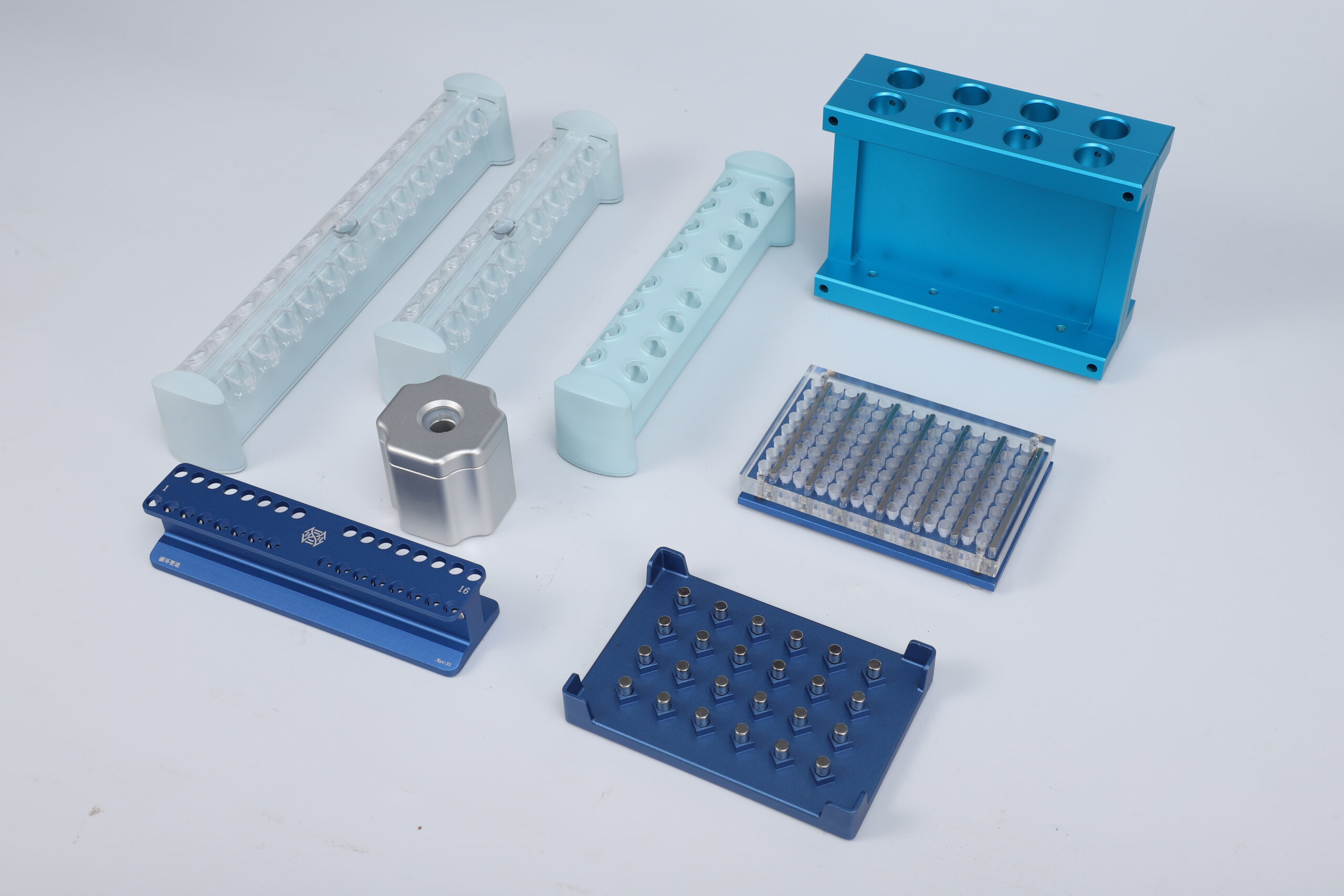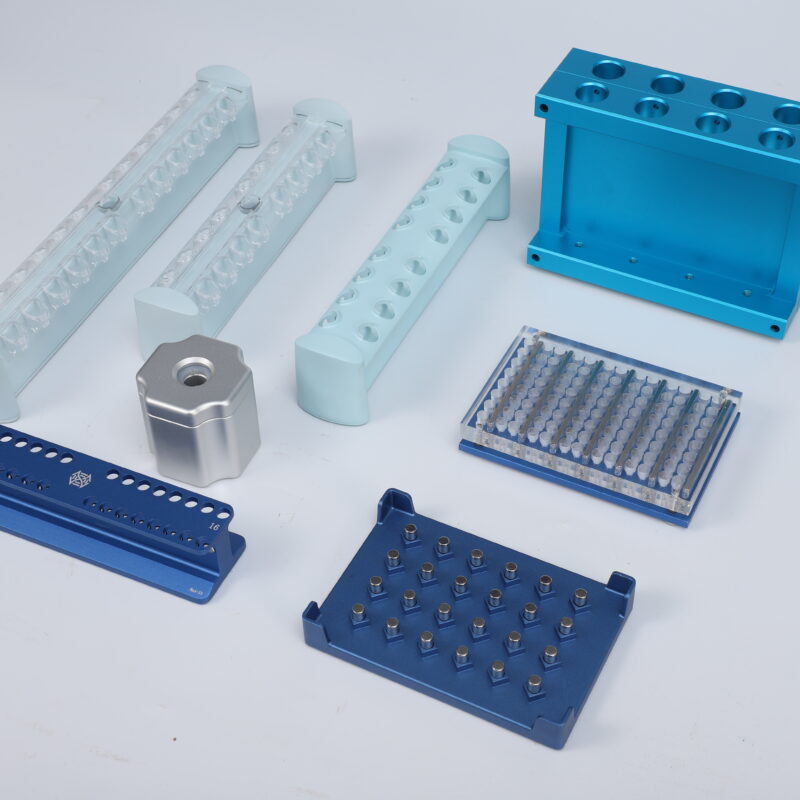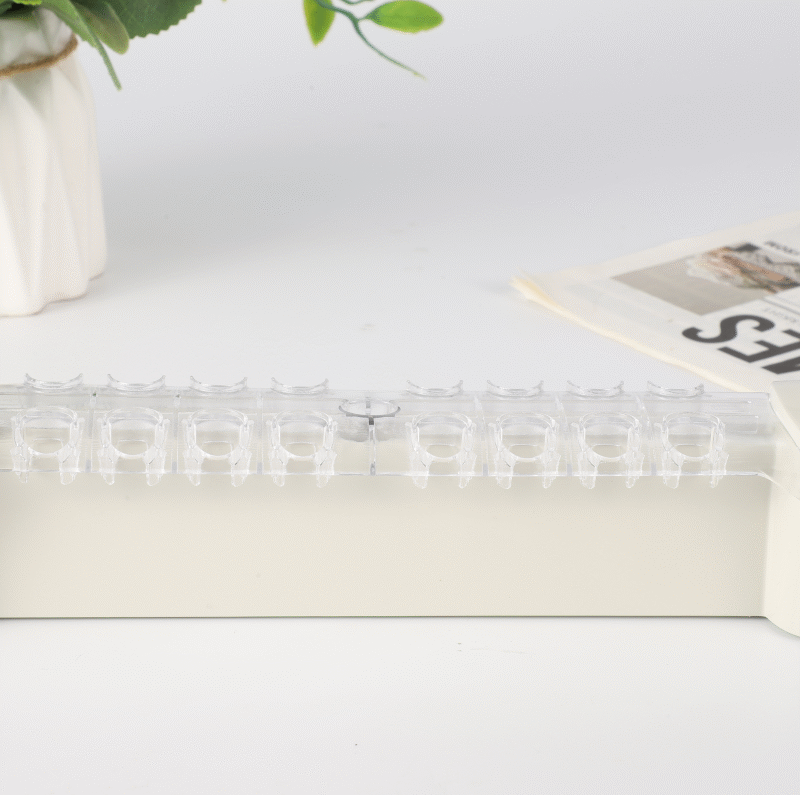
24-Tube Magnetic Separation Rack for 1.5–2.0 mL Microcentrifuge Tubes
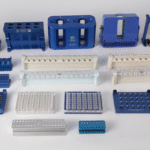
How to Choose the Right Magnetic Rack for Your Lab
What is a Magnetic Separation Rack? | Types, Applications, and Buying Guide
Introduction
A magnetic separation rack is an essential laboratory tool used to isolate magnetic beads from liquid samples. These racks are designed to securely hold microcentrifuge or PCR tubes while magnets attract magnetic beads to the side of the tube, allowing for easy aspiration of supernatant and efficient purification processes.
Magnetic racks have become indispensable in molecular biology, biochemistry, diagnostics, and life sciences research due to their role in simplifying nucleic acid and protein isolation workflows.
What Does a Magnetic Separation Rack Do?
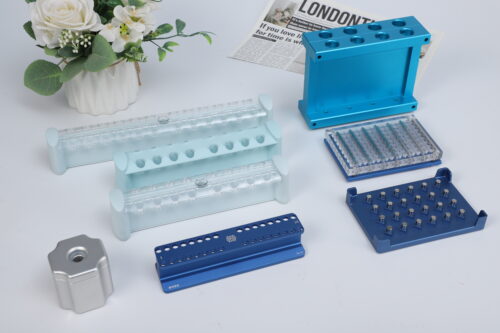
Magnetic separation racks work by:
-
Holding sample tubes (typically 0.2 ml, 1.5 ml, 2.0 ml, 15 ml, or 50 ml)
-
Using strong neodymium magnets to attract magnetic beads to one side
-
Allowing researchers to remove supernatant without disturbing the bound particles
They eliminate the need for centrifugation and significantly reduce processing time in magnetic bead-based purification protocols.
Common Applications
Magnetic racks are widely used for:
-
DNA/RNA purification
-
Protein isolation
-
Cell separation
-
Immunoprecipitation (IP & Co-IP)
-
Magnetic bead-based assays
-
Next-generation sequencing (NGS) library preparation
Types of Magnetic Separation Racks
Depending on the tube size, throughput, and lab needs, several types of magnetic racks are available:
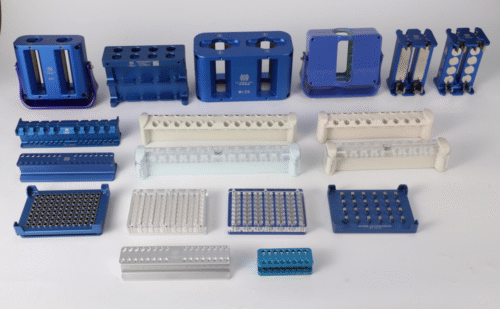
Type |
Tube Size |
Capacity |
Common Use |
|---|---|---|---|
6-Tube Rack |
1.5 ml |
6 tubes |
Small batch nucleic acid extraction |
12-Tube Rack |
1.5 ml |
12 tubes |
Standard molecular biology labs |
24-Tube Rack |
1.5/2.0 ml |
24 tubes |
Mid-throughput purification |
96-Well Rack |
0.2 ml PCR plate |
96 wells |
High-throughput NGS or qPCR workflows |
15 ml / 50 ml Racks |
Larger conical tubes |
4–12 tubes |
Cell isolation, large-volume processing |
Some racks are also compatible with automated liquid handling systems.
What to Consider When Buying a Magnetic Rack
Here are key factors to evaluate before purchasing:
✅ 1. Tube Compatibility
Ensure the rack supports your lab’s tube size (0.2 ml, 1.5 ml, etc.)
✅ 2. Magnet Strength
High-grade neodymium magnets provide faster separation with minimal bead loss.
✅ 3. Durability & Material
Look for racks made from anodized aluminum or reinforced ABS plastic.
✅ 4. Capacity & Format
Choose from single-tube, strip, or 96-well configurations depending on throughput.
✅ 5. Certifications & Documentation
For regulated environments, COA, MSDS, ISO certifications may be required.
✅ 6. Price & Availability
Cost-effective alternatives are available for labs on a budget—without compromising performance.
Looking for a Reliable Magnetic Rack?
We supply a wide range of magnetic separation racks compatible with most standard lab formats—from compact 6-tube racks to high-efficiency 96-well plates. Our racks offer strong magnets, reliable construction, and competitive pricing.
👉 Browse our magnetic rack collection or contact us for wholesale pricing and custom options.
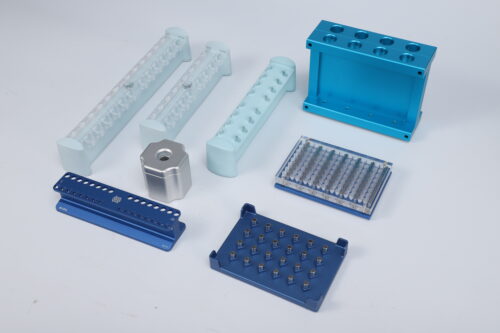
FAQs
Q1: Are magnetic racks reusable?
Yes, they are reusable and require minimal maintenance.
Q2: Can I use a 1.5 ml rack with 2.0 ml tubes?
Some racks support both sizes, but it’s best to check the specifications.
Q3: Do I need a centrifuge if I use a magnetic rack?
No. Magnetic racks replace the need for centrifugation in bead-based separations.
Conclusion
Magnetic separation racks streamline many purification workflows, reducing time and manual handling. Whether you are working on DNA cleanup or cell sorting, selecting the right rack ensures efficiency and consistency.
Ready to upgrade your lab setup? Contact us for expert advice or to request a quote.

